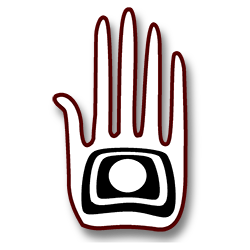
I’ve been teaching myself some things about watercolor. It’s harder than it looks. That was the easiest part to learn.

The hardest part to learn – which took me until the third day, and half pad of paper – is like many things you can ruin a good thing by overthinking it.

Next after overthinking, is just knowing when to quit. Surest way to ruin something halfway decent is to keep messing with it when it’s done.


This started a couple of weeks ago. While waiting for some cheap paints and paper to arrive, I played around with a digital stylus on a tablet. That has been fun, and I learned a lot from it. Essentially, it lets me use a photo for reference, picking up color from the image to load in the stylus, then you paint over the photo on a new layer. With all my experience editing photos with digital tools I got the hang of that pretty quick, and like the results – enough that I’ll keep doing that. It’s quick and fun.
When I finally got analog materials, I wasn’t surprised to learn that working with those is a whole lot different. And a whole lot harder. My first attempts were, to my eye, overworked and overthought. This was the best of that batch:

I couldn’t seem to disconnect my brain from my hands, and it was pretty obvious my brain didn’t know what the heck was going on. Today, I finally gave up on “trying” and just did a handful of mindless experiments, letting the brush and paper lead. That started to show promise. Not only less frustrating, but less effort, and the results are better.

This let me realize that, when it comes to visual art, at least, breaking the rules is better than following them. The painting at the top of the page was done less with actual paint brushes. Instead, I used a combination of credit card, spray bottle, toothpick, paper towel, crappy glue chip brush, fountain pen, and yes, a watercolor paintbrush or two.
I hope to try more of this soon, and hope to remember to forget what my brain tells me.


